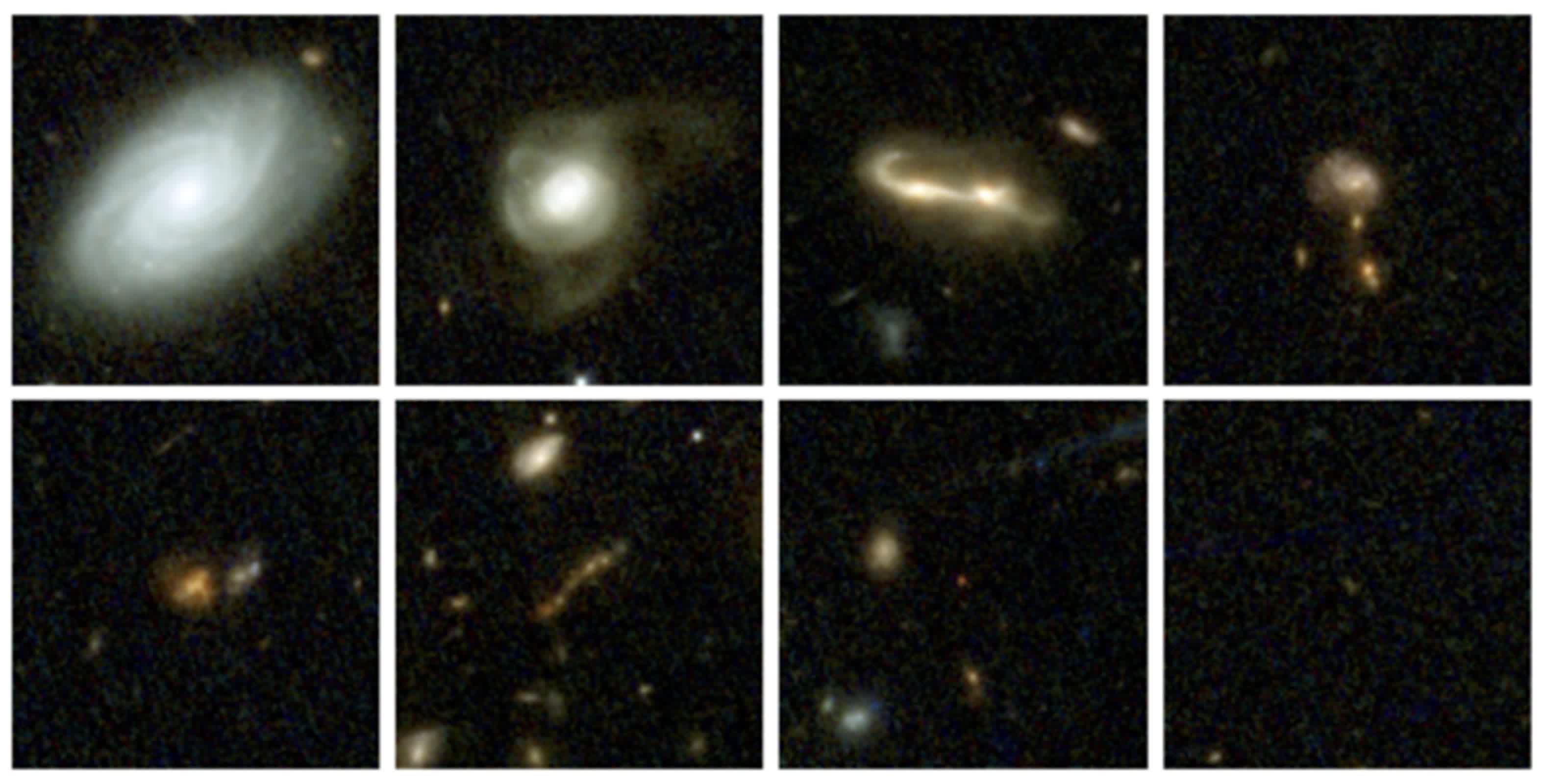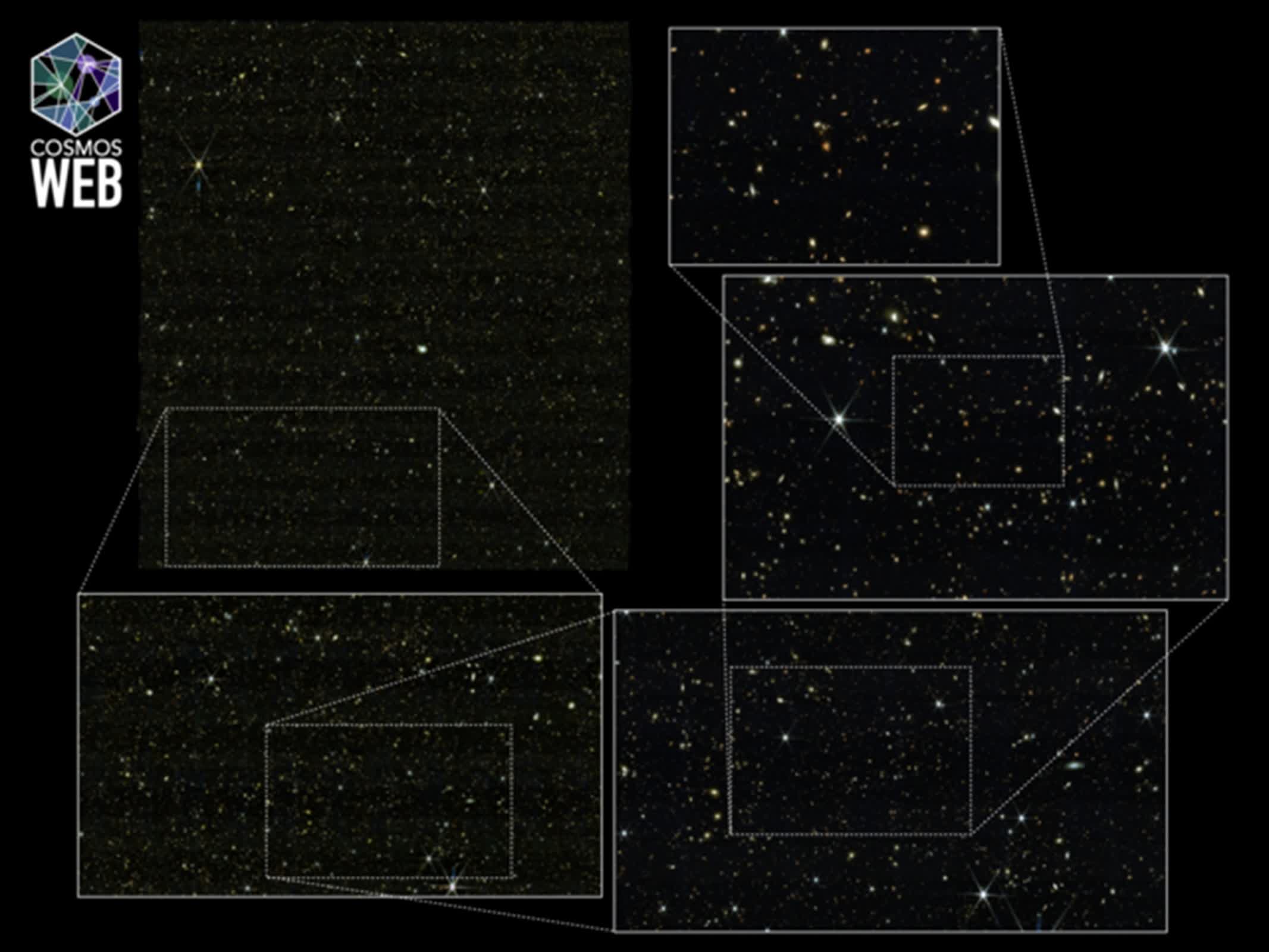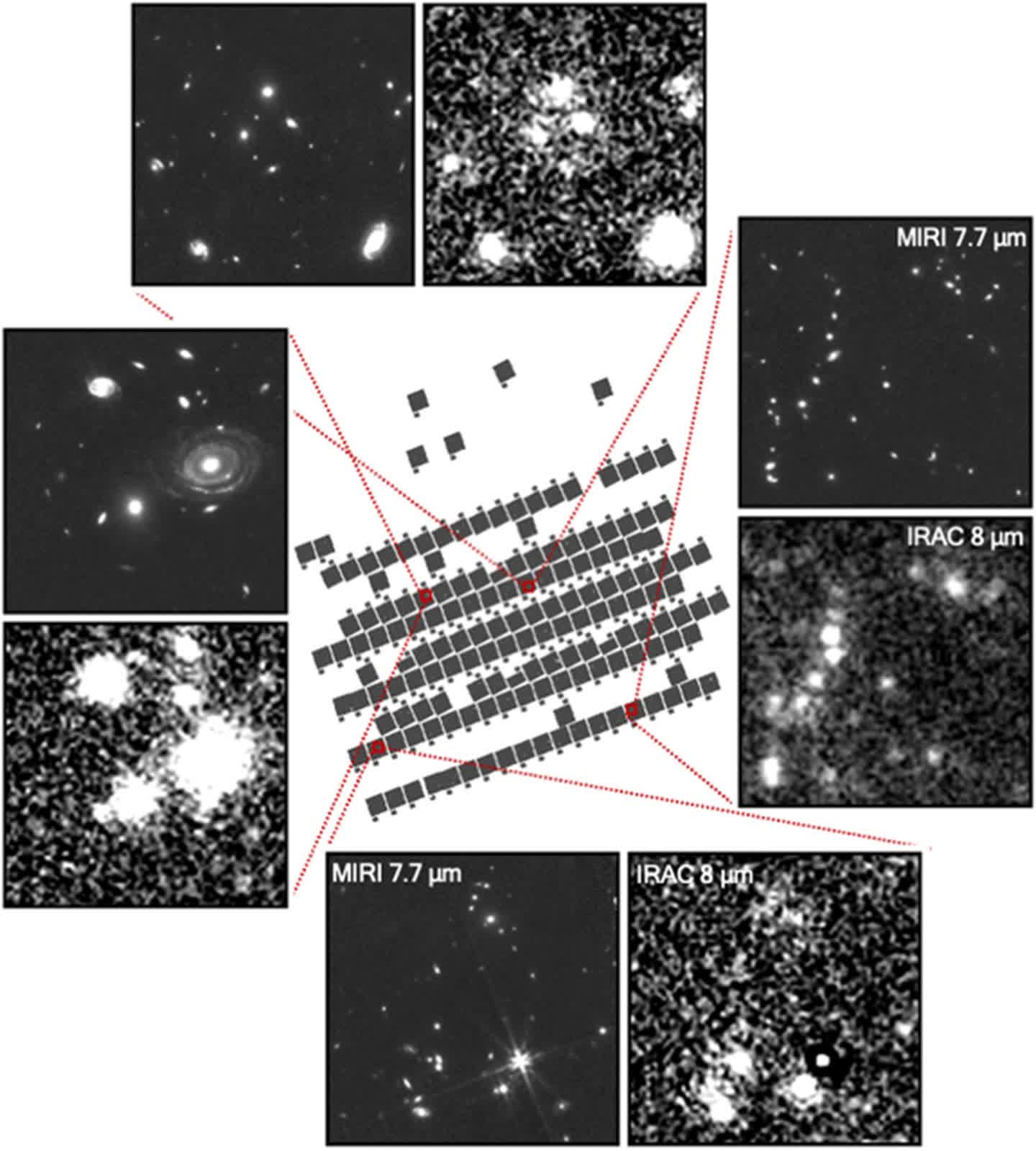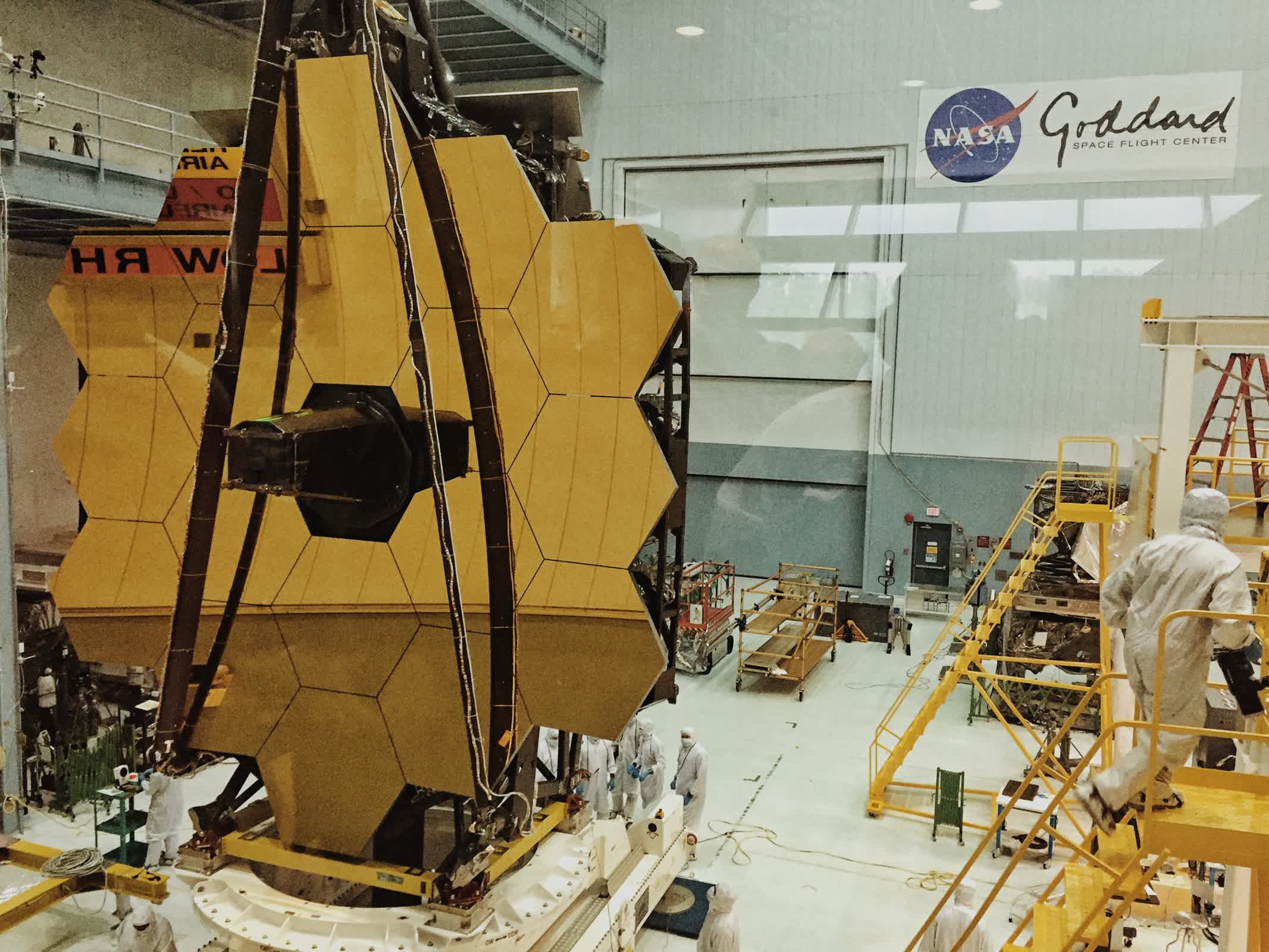The big picture: A new chapter in cosmic exploration has begun with the release of a vast, searchable database from the COSMOS-Web survey, granting the public unprecedented access to the deepest view of the universe ever captured by the James Webb Space Telescope. This milestone allows everyone from seasoned astronomers to curious enthusiasts to explore and analyze a treasure trove of celestial data that was once the exclusive domain of specialized researchers.
The COSMOS-Web project – the largest General Observer program selected for JWST's first year – has mapped a region of the sky equivalent to three full moons using its Near Infrared Camera (NIRCam), along with an additional area using its Mid-Infrared Instrument (MIRI).
The ambitious effort has produced a catalog, dubbed "COSMOS2025," containing detailed information on nearly 800,000 galaxies. The database includes photometry, structural measurements, redshifts, and other physical parameters, creating a resource that, according to the COSMOS-Web team, "opens many unexplored scientific avenues."
The scope and quality of the data have exceeded expectations. "The sensitivity of JWST lets us see much fainter and more distant galaxies than ever before, so we're able to find galaxies in the very early universe and study their properties in detail," said Jeyhan Kartaltepe, associate professor at Rochester Institute of Technology and co-leader of Cosmos-Web. The survey's images have captured some of the rarest objects in the cosmos, now available for scientists and the public alike to examine.

Building such a comprehensive catalog required innovation and collaboration. "This was an ambitious undertaking that required the development of innovative technologies to simultaneously measure the photometry and morphology of nearly 800,000 galaxies across 37 images," explained Marko Shuntov, postdoctoral researcher at the Cosmic Dawn Center. The team's efforts have produced what they describe as "some of the highest quality redshifts and physical parameters of galaxies that will enable groundbreaking science."
A standout feature of the release is an interactive viewer that allows users to search for specific objects or explore galaxy properties with a single click. This tool, alongside the full dataset and accompanying scientific papers, is designed to make the science accessible to a wide audience.

The technical achievement behind Cosmos-Web is remarkable. More than 10,000 images were combined to produce the largest contiguous JWST image to date, a feat that required precise alignment and correction for observational biases. "It was incredible to reveal galaxies that were previously invisible at other wavelengths, and very gratifying to finally see them appear on our computers," said Maximilien Franco, postdoctoral researcher at Université Paris-Saclay.
MIRI's contribution has been equally vital, enabling the detection and characterization of galaxies at higher redshifts and providing insights into the processes driving galaxy evolution and black hole growth. "With MIRI, we're now accessing an unprecedented level of detail in this wavelength range, providing new insights into the processes driving galaxy evolution and the growth of black holes," said Santosh Harish, postdoctoral research associate at Rochester Institute of Technology.

The Cosmos-Web team, comprising nearly 50 researchers from around the world, began its work with the launch of JWST in 2021, dedicating over 250 hours of observation time to the project. Their goals included mapping the universe's Reionization Era, tracing the evolution of massive galaxies, and studying the relationship between dark matter and visible matter.
The resulting data has already led to new discoveries and methodologies, such as using artificial intelligence to estimate galaxy properties and tracking the structural evolution of the brightest group galaxies over billions of years.
The Cosmos collaboration, established in 2007, has consistently emphasized openness and global participation. "We have data and catalogs that we're very sure of, that we've tested and put a lot of work into," Kartaltepe noted. "I can't overstate how much the field has changed. With data from JWST, we now have a new window into the universe."
The processing of this immense data set was made possible by dedicated computing resources at the Institut d'Astrophysique de Paris, supported by French and regional scientific agencies. As the Cosmos-Web database becomes a new standard for future surveys and next-generation telescopes, its public release marks a turning point in how astronomical data is shared and used.
